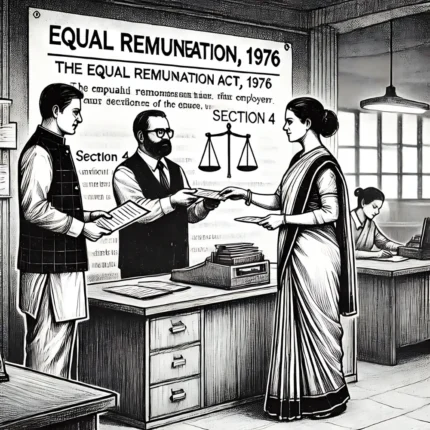What is The Indian Law Reports Act 1875?
Overview
This Act was designed to establish a more structured and efficient legal framework under the Bharatiya Nyaya Sanhita (BNS) and Bharatiya Nagarik Suraksha Sanhita (BNSS).
Key Provisions of Section 3 of the Bharatiya Nyaya Sanhita (BNS):
- No court shall consider or accept any legal proceedings that do not comply with the procedural framework defined under BNS and BNSS.
- The Act aims to eliminate arbitrary legal interpretations and ensures the systematic application of codified laws.
- Its objective is to promote transparency, consistency, and efficiency in legal proceedings.
- However, certain provisions have faced scrutiny from legal scholars and professionals.
- The Act extends to the jurisdiction of all Indian courts, streamlining procedures for criminal and civil matters.
- The Law Commission, in its recent recommendations, has emphasized the need for periodic updates to align the Act with evolving judicial needs.
- With the introduction of BNS and BNSS, outdated provisions of previous laws have been restructured to enhance legal efficiency.
- Despite initial challenges, these reforms have strengthened the judicial system and ensured uniformity in case proceedings.
Non-Official Reports
The previous legal framework struggled to effectively integrate non-official reports. Challenges included restricted public access, procedural delays, high costs, and administrative rigidity in legal reporting. Due to these limitations, non-official reports gained prominence, offering an alternative means of legal documentation. Over time, these reports were recognized by legal professionals and judicial bodies, ensuring their relevance in legal practice.
Several independent legal reporting entities emerged, including:
- Bharatiya Nyaya Reports
- Indian Judicial Reports
- National Law Review
- Supreme Court Cases Digest
- High Court Weekly Notes, among others
These non-official reports played a crucial role in enhancing legal accessibility and the documentation of case law, offering more efficient ways to track legal precedents outside of the official channels.
Judicial Decisions Under BNS
Judicial decisions under the Bharatiya Nyaya Sanhita (BNS) have significantly influenced the development of legal principles in India. These landmark rulings contribute to shaping a modern legal framework that emphasizes fairness, transparency, and accessibility.
Under BNS and the Bharatiya Nagarik Suraksha Sanhita (BNSS), judicial decisions are systematically documented and made publicly available, ensuring consistency and clarity in legal interpretations.
Federal and Supreme Court Jurisdiction
Key judicial decisions under the BNS and BNSS are carefully recorded to maintain the strength and adaptability of the legal framework. This approach ensures that both federal and state jurisdictions are kept up to date with evolving legal precedents.
Law Reporting in the Digital Era
With the integration of BNS and BNSS, law reporting has been modernized. This includes the incorporation of:
- Digital case records for better storage and access
- AI-based legal research tools to enhance accuracy in finding precedents
- Online databases to ensure easy access to legal information for professionals and the public alike
Supreme Court of India
The Supreme Court of India plays a pivotal role in interpreting and enforcing the provisions of the BNS and BNSS, ensuring that these frameworks are applied effectively for the efficient administration of justice. The Court’s role is crucial in maintaining legal integrity and providing clarity on complex legal issues.









Reviews
There are no reviews yet.